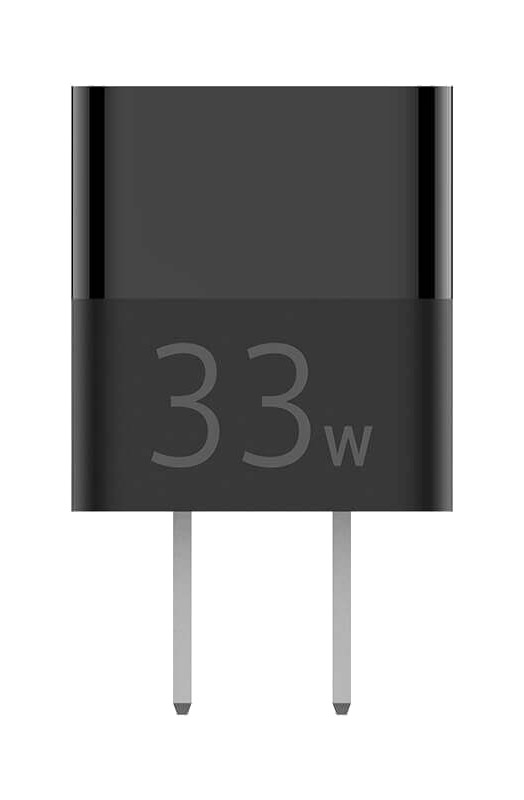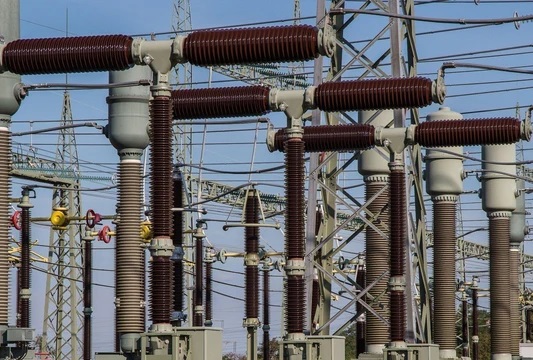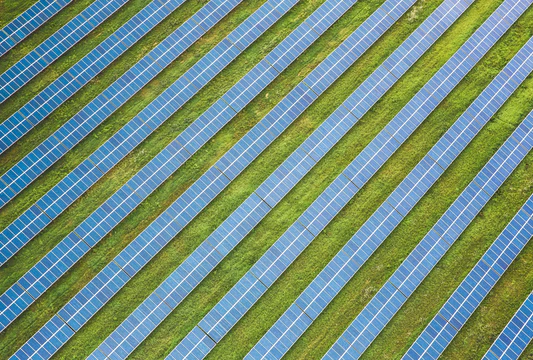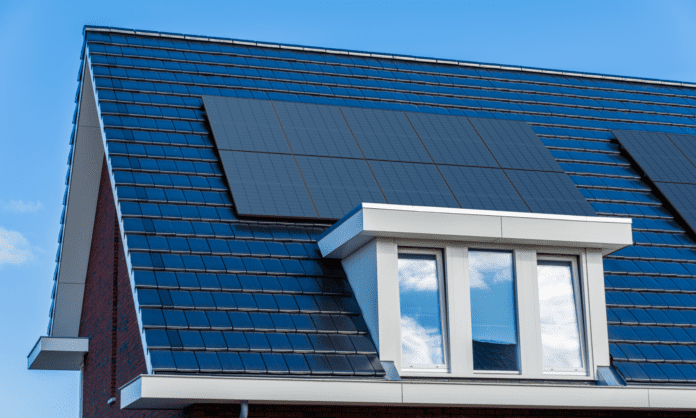Green energy has become a buzzword, and it is not difficult to understand why. With increasing concerns over climate change and the environmental destruction caused by non-renewable energy sources, people are seeking alternative energy sources.
It is crucial that we all become familiar with and understand the importance of green energy. This guide provides extensive information on green energy, its significance and the available options.
Green Energy 101
To begin, let us address the commonly asked question, 'what is green energy.' In simple terms, green energy refers to energy generated from renewable sources that have a minimal environmental impact. This is in contrast to traditional energy sources such as coal, gas, and oil, which release harmful greenhouse gases into the atmosphere, significantly contributing to climate change.
Types of Green Energy
Now, let us delve into the different types of green energy. There are numerous energy sources that come under the umbrella of renewable and ecologically friendly energy. These include solar, wind, hydro, bioenergy, and geothermal energy.
Solar Energy:
Solar energy is one of the most widely known and popular types of green energy. It involves harnessing the sun's power to generate electricity, which is done through the use of solar panels that convert sunlight into electrical energy. Solar energy is a renewable, clean, and widely available option that has attracted many people.
Wind Energy:
Another popular and renewable form of green energy is wind energy, which involves harnessing the power of the wind to generate electricity. This is done through wind turbines that convert the kinetic energy of the wind into electrical energy.
Hydro Energy:
Hydro energy is another popular form of green energy that harnesses the power of moving water to generate electricity through hydroelectric power plants. The kinetic energy of moving water is converted into electrical energy through these power plants. Hydro energy is a reliable source of green energy that can be found in many parts of the world.
Bioenergy:
Another renewable energy source is bioenergy, which involves using organic matter such as crops, wood, or waste to generate energy through the release of heat. Bioenergy can be used to power heating systems or generate electricity, making it an eco-friendly source of energy. It also helps in reducing the amount of waste that ends up in landfills.
Geothermal Energy:
Lastly, geothermal energy involves utilizing the natural heat stored within the earth's crust to generate electricity through geothermal power plants. This renewable source of green energy is also clean and can be found in various parts of the world.
Understanding Green Energy
Many of us are aware of the benefits of embracing green energy. However, some of us remain hesitant to transition to these energy sources as we are unsure of the impact they can truly have.
The good news is that there are numerous reasons to be optimistic about green energy, even if we do not fully comprehend the extent of its impact. Here is a quick overview of why it is crucial to embrace green energy and why we should all be supporting it:
Environmental Advantages
Green energy allows for a reduction in your impact on the environment. By utilizing solar energy, for instance, you can decrease the amount of electricity required from the power company and lessen the pollution caused by coal-burning plants operated by that company.
In 2021, around 32% of total CO2 emissions related to energy in the United States originated from power plants in the electric power sector burning fossil fuels or fueled by fossil-based materials, along with some geothermal power plants. If you are serious about reducing your carbon footprint, investing in green energy is an excellent place to start.
Economic Advantages
Green energy provides economic benefits as well. Investment in green energy creates jobs in various sectors, such as construction, manufacturing, installation, and utilities, in emerging industries that will continue to grow. Additionally, it offers more consistent prices than traditional fuel sources like coal or oil.
Investment in green energy can potentially save a substantial amount of money, particularly in areas with high retail electricity prices, and is expected to become even more cost-effective over time. Moreover, since green energy is produced locally, it can assist in the growth of local businesses by providing less expensive sources of energy for their operations and creating a more self-sufficient and resilient energy infrastructure for the future.
According to the Renewable Energy and Jobs: Annual Review 2022 report, solar energy was the fastest-growing sector, generating 4.3 million jobs globally in 2021, accounting for more than one-third of the total renewable energy workforce.
The Fundamentals of Green Energy
While the importance of green energy may be evident, it is essential to comprehend the basics.
How to Transition to Green Energy?
To switch to green energy, the best way is to install solar panels or a wind turbine on your property. Despite the initial expense, these options can offer long-term savings while decreasing reliance on non-renewable energy sources.
Now, let's focus on green energy sources suitable for homes.
Solar panels are a popular choice for homes, as they are relatively simple to install and can generate a significant portion of your energy use. Wind turbines are another alternative, but they may not be feasible for everyone due to space constraints.
For businesses, green energy options can differ. Wind energy is a popular and superior green energy source for large-scale businesses. It reduces energy costs while minimizing your carbon footprint. If you are interested in wind energy, you should search for a reputable company to install the system. Conduct thorough research and obtain multiple quotes before making a decision.
Factors Affecting Green Energy Adoption
The process of adopting green energy is a multifaceted one that involves numerous factors. Below are some of the most important factors that influence green energy adoption.
Cost
The most crucial factor affecting the adoption of green energy is cost. Although the expense of installing solar panels in your home is high, you may be eligible for a tax rebate, and you will save money on your electricity bills each month. If you have sufficient capital, it is advisable to install solar panels in your home as soon as possible to avoid high monthly electricity costs.
Space
The available space for setting up solar panels is another significant factor influencing the adoption of green energy. You can easily install solar panels at home if you have ample space. However, installation may be challenging if you have limited space.
The Portable Alternatives for Going Green
If you are restricted by budget or space limitations, there are still ways to transition to green energy solutions. Portable solar panels and solar generators are small-scale alternatives to conventional solar panel systems. They are designed to be compact and easy to transport, making them ideal for those who lack roof or ground space to install full-scale solar panels.
Portable solar panels can be assembled in minutes and can be taken with you on the go, whether you are camping, tailgating, or require a power source for outdoor activities. Portable solar generators are compact power stations that store energy from the sun and can power lights, appliances, and other electrical devices.
Although these solutions are smaller than traditional solar panel systems, they still reduce dependency on traditional power sources and encourage the adoption of renewable energy. If you want to minimize your carbon footprint, save money on energy bills, or lead a more sustainable lifestyle, these portable alternatives are a good starting point.
Regardless of the energy source, it is essential to plan and research before investing. Consider factors such as cost, space requirements, and energy efficiency. Additionally, educate yourself on local regulations and incentives available for switching to green energy.
The Government's Role in Advancing Green Energy
The government plays a crucial role in promoting green energy. It can incentivize businesses to invest in green technologies through tax breaks and subsidies. Additionally, the government can provide financial support for the research and development of new green energy technologies.
Furthermore, the government can implement policies that encourage the use of green energy in households, offices, and public spaces. Setting targets for using renewable energy sources can drive demand for clean energy and trigger innovation in the field.
The United States government actively supports the growth of renewable energy through various incentive programs, including low-interest loans and grants for maintenance. These initiatives aim to encourage the use of green energy and promote the development of new, innovative technologies in the sector.
Go Green
The green energy industry has the potential to have a positive impact on several aspects of our lives, including powering vehicles and heating homes and devices. It's no longer just for those who prioritize environmentalism, as it's a sector that plays a significant role in everyone's lives. Investing in renewable energy is therefore a sensible decision for all.










































